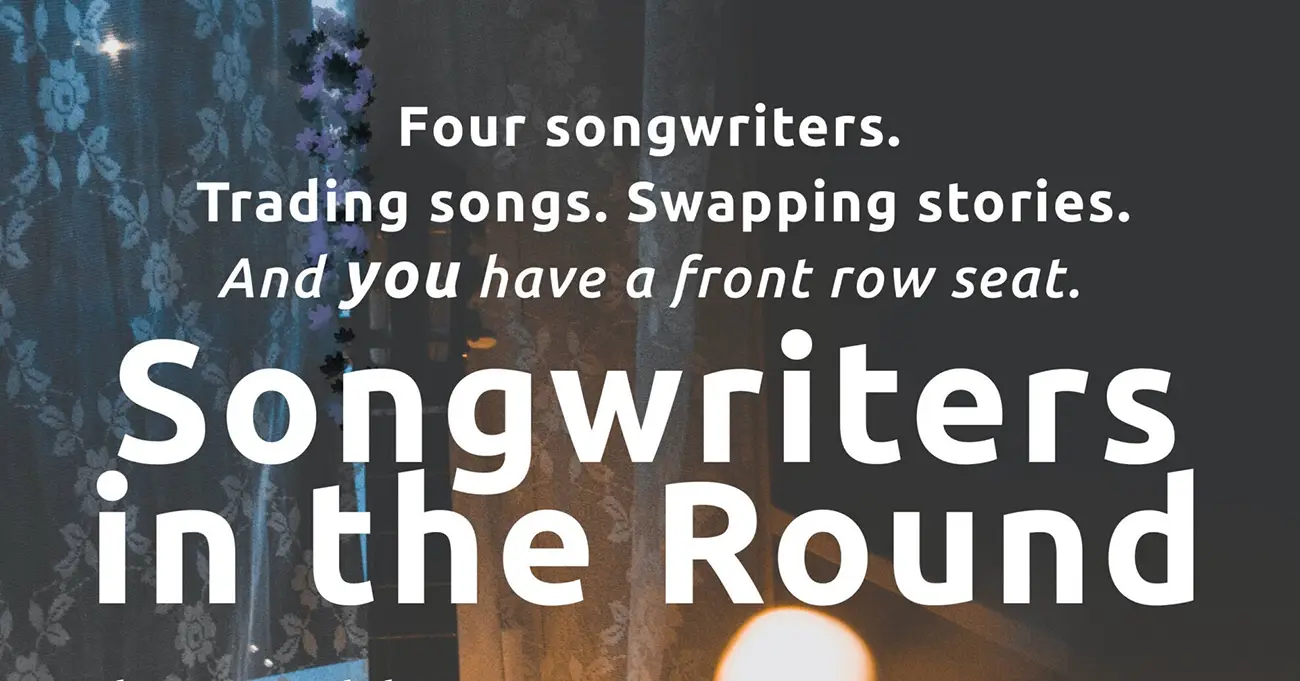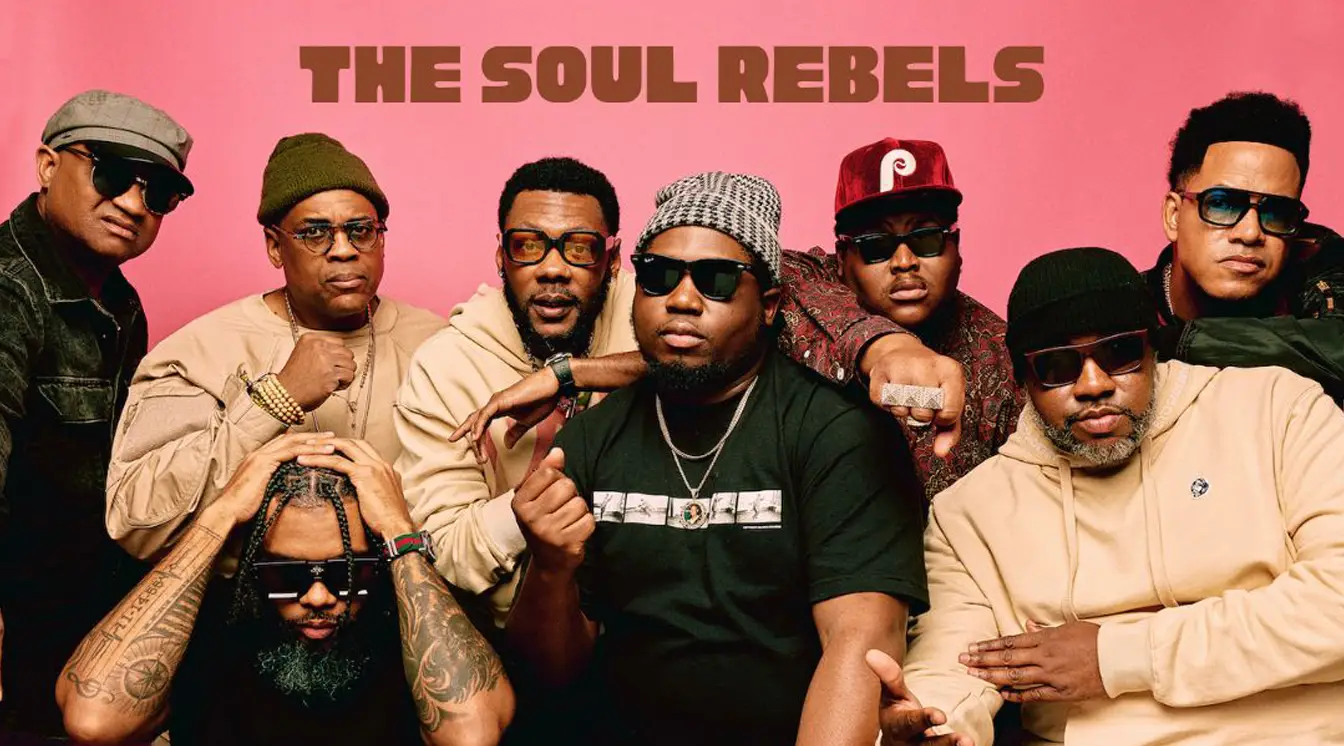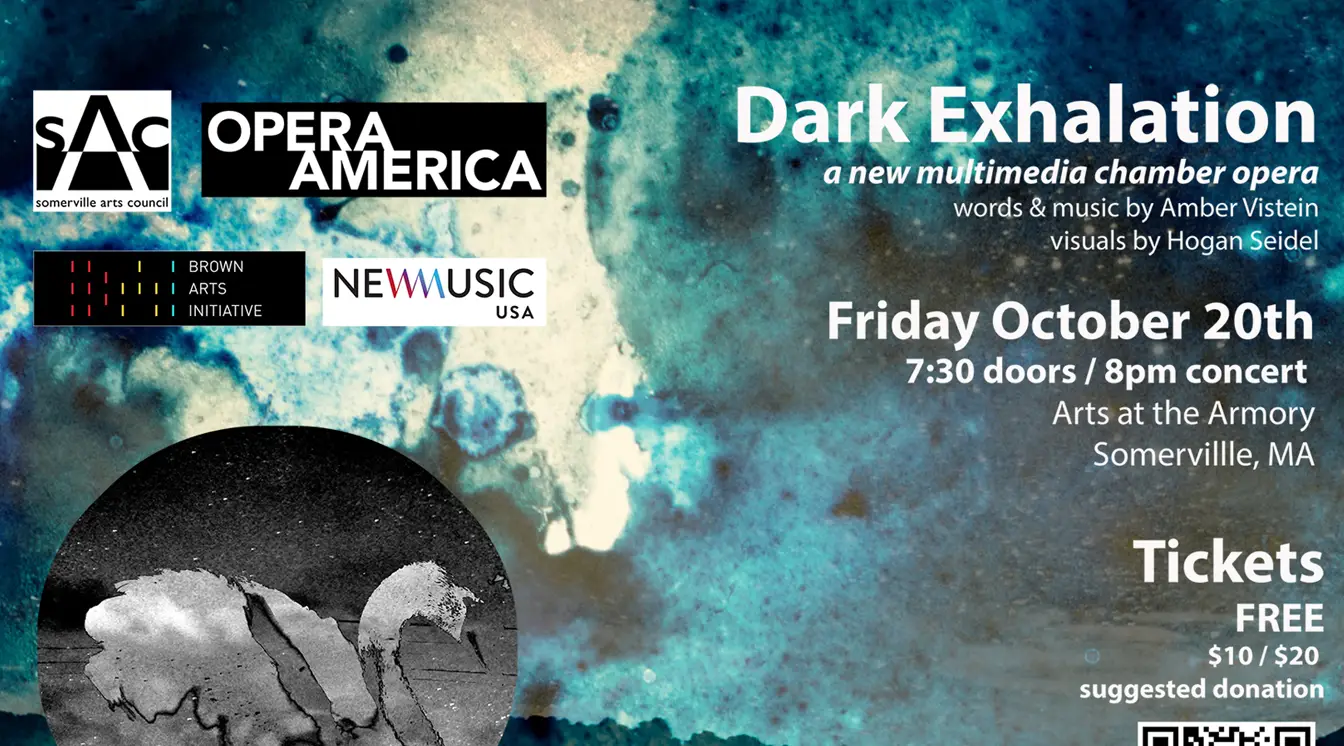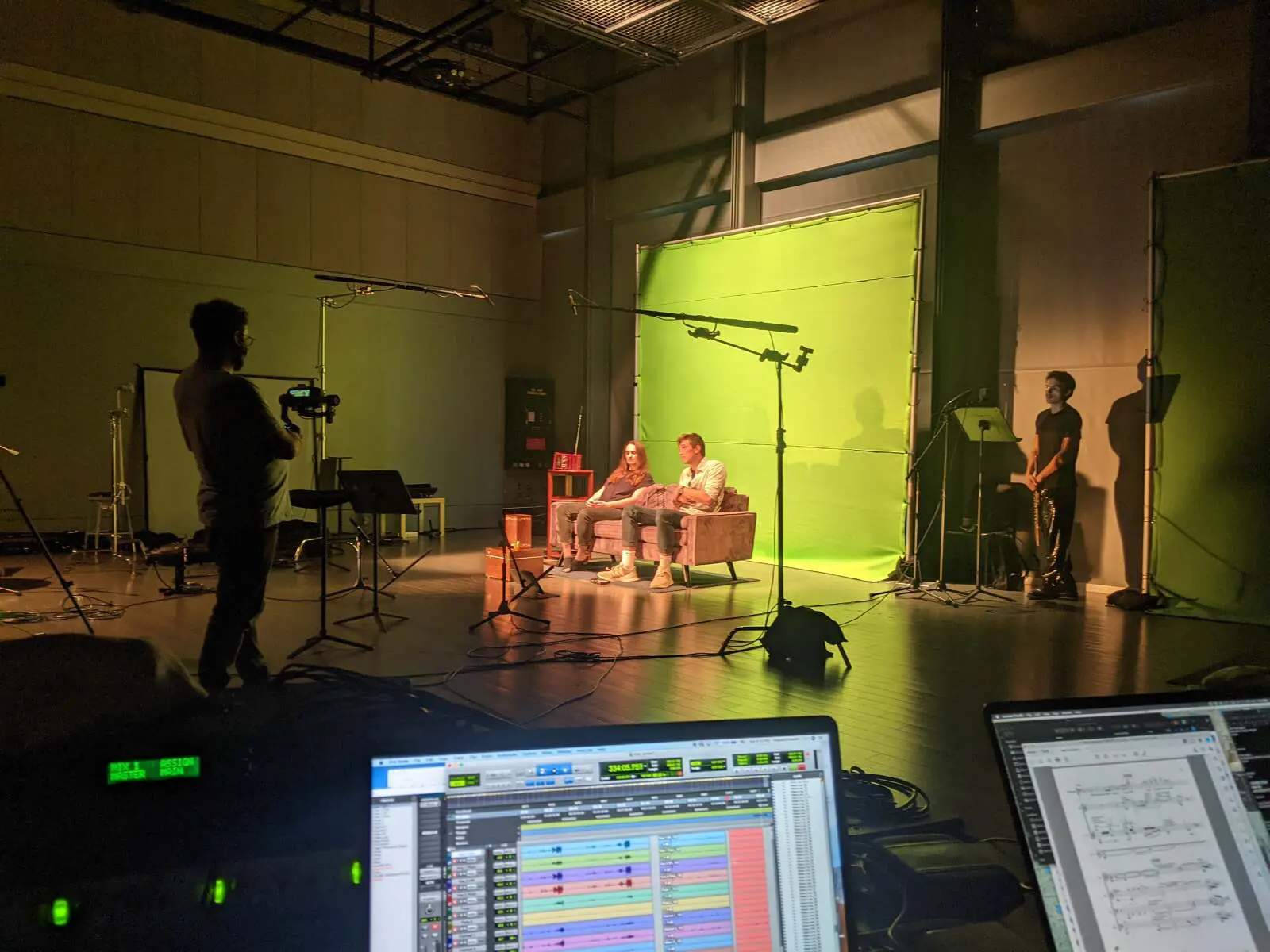Dark Exhalation
Fri. Oct. 20, 2023 at 7:30 pm
Dark Exhalation is a new multimedia chamber opera composed by Amber Vistein with visuals by Hogan Seidel and is supported by OPERA America, New Music USA, Emerson College, and the Brown Arts Initiative, and the Somerville Arts Council.
Get Your FREE Ticket now!
$10-20 Suggested Donation
Doors open at 7:30PM
Trailer #1: https://vimeo.com/869732910
Trailer #2: https://vimeo.com/872722163
This lab production features a constellation of new music luminaries!
The cast includes Soprano Rose Hegele (Peridot Duo, Nightingale Vocal Ensemble, Vox Futura), baritone Ty Bouque (LoadBang), mezzo-soprano Britt Brown (Boston Opera Collaborative, Guerrilla Opera), and flutist / multidisciplinary artist Carlos Aguilar.
The instrumental ensemble is no less impressive—collaborators from the Semiosis Quartet (Madeline Hocking, Lauren Nelson, Nicholas Johnson) are joined by Amy Advocat (Transient Canvas) on clarinets, Will Yager (Ligament, Wombat) on double bass, and percussionist-composer Dániel Matei. They are led by dynamic conductor-violinist and new music champion Nicole Parks (Semiosis Quartet, UMass Lowell).
In this sci-fi ghost story Lavinia returns from her wife Helen’s memorial service with an urn containing her ashes. She is troubled by her beloved’s transformation into dust and begins to imagine that Helen’s spirit has instead fused with the Sun—akin to the ancient heroes that became constellations. But in the days that follow the Sun’s behavior becomes increasingly erratic and hazardous. Unearthly auroras illuminate the night sky in a wild array of colors: yellow-green, fluorescent blue, and blood red—as Helen’s ghost begins to speak. Meanwhile, citizen-scientist Wendell is distressed when the birds in his neighborhood, disoriented by the elevated solar activity, start crashing into buildings at an alarming rate. He manages to save just one—a house sparrow. He names him Ori—short for Orpheus—and the two swiftly become inseparable.
Days later NASA confirms a massive solar storm is hurtling towards Earth. It threatens widespread power outages, communications blackout, and unsafe conditions. As it draws closer, Lavinia and Wendell must each decide whether to evacuate or remain, despite the dangers. But the storm’s arrival also brings unexpected connections and unanticipated kindness. The myth of Orpheus and Eurydice is woven throughout Dark Exhalation, not as a retelling, but as a framework to reimagine the material world as vibrant and responsive–one where rocks weep, birds speak, and the sky darkens in sympathy.
Unlike many operas, each musician in Dark Exhalation is amplified, magnifying the intricate sonic details that fascinate composer Amber Vistein (Washington National Opera, American Opera Project). Visceral vocals—ranging from gentle whispers to full-throated bel canto crescendos—emerge from affectively charged instrumental atmospheres inspired by cinematic sound design.
Video artist Hogan Seidel has created richly layered imagery to accompany each scene in the opera. Seidel’s practice blends analog film and digital compositing techniques to create highly textured visuals of great depth and unspeakable beauty.
The creative team is joined by sound engineer Lee Gilboa (Berklee, CT::SWaM), dramaturg Rebecca Hart (Washington National Opera) and artist-technologist Ben Aron (RISD, SMFA) as lighting designer.
Dark Exhalation received a 2022 Discovery Grant from OPERA America, supported by the Virginia B. Toulmin Foundation. Additional support from the Somerville Arts Council and Emerson College helps make this performance possible. Previously, Dark Exhalation received a project grant from New Music USA and a Research Grant from the Brown Arts Initiative.
Upcoming Events

Red Cross Blood DriveWed. May. 15, 2024, 9:00 AM |

Songwriters in the RoundWed. May. 15, 2024, 7:00 PM |

Arts at the Armory Spotlight Series Presents The Soul RebelsThu. May. 16, 2024, 7:00 PM |






